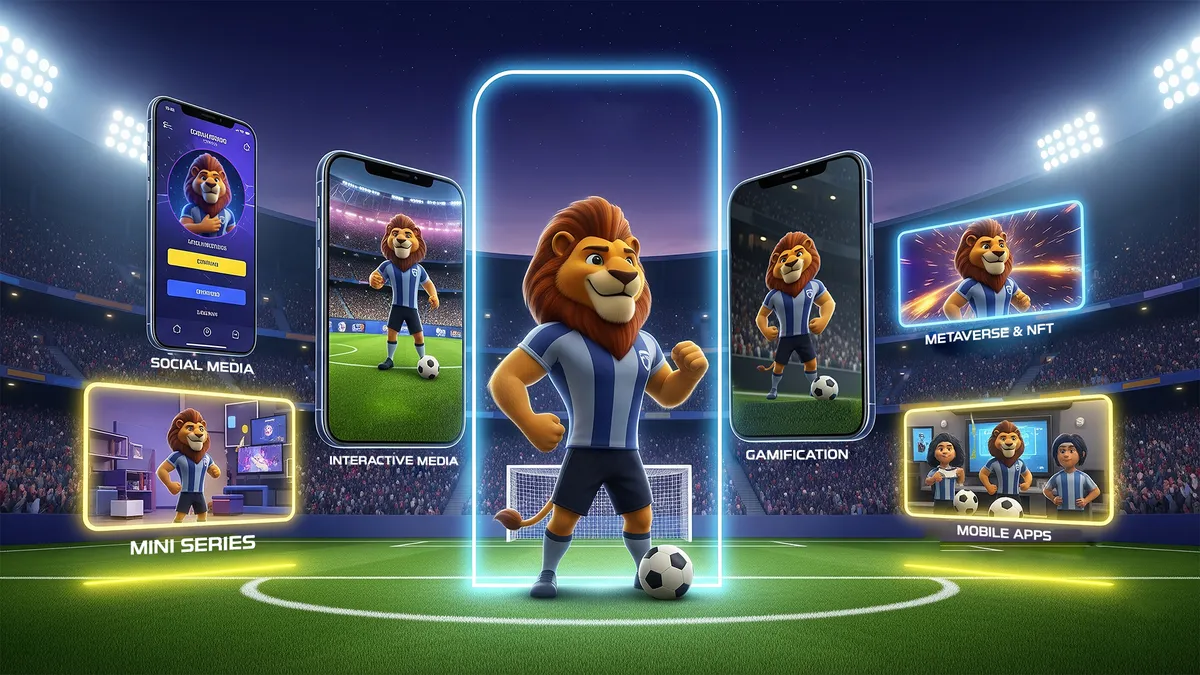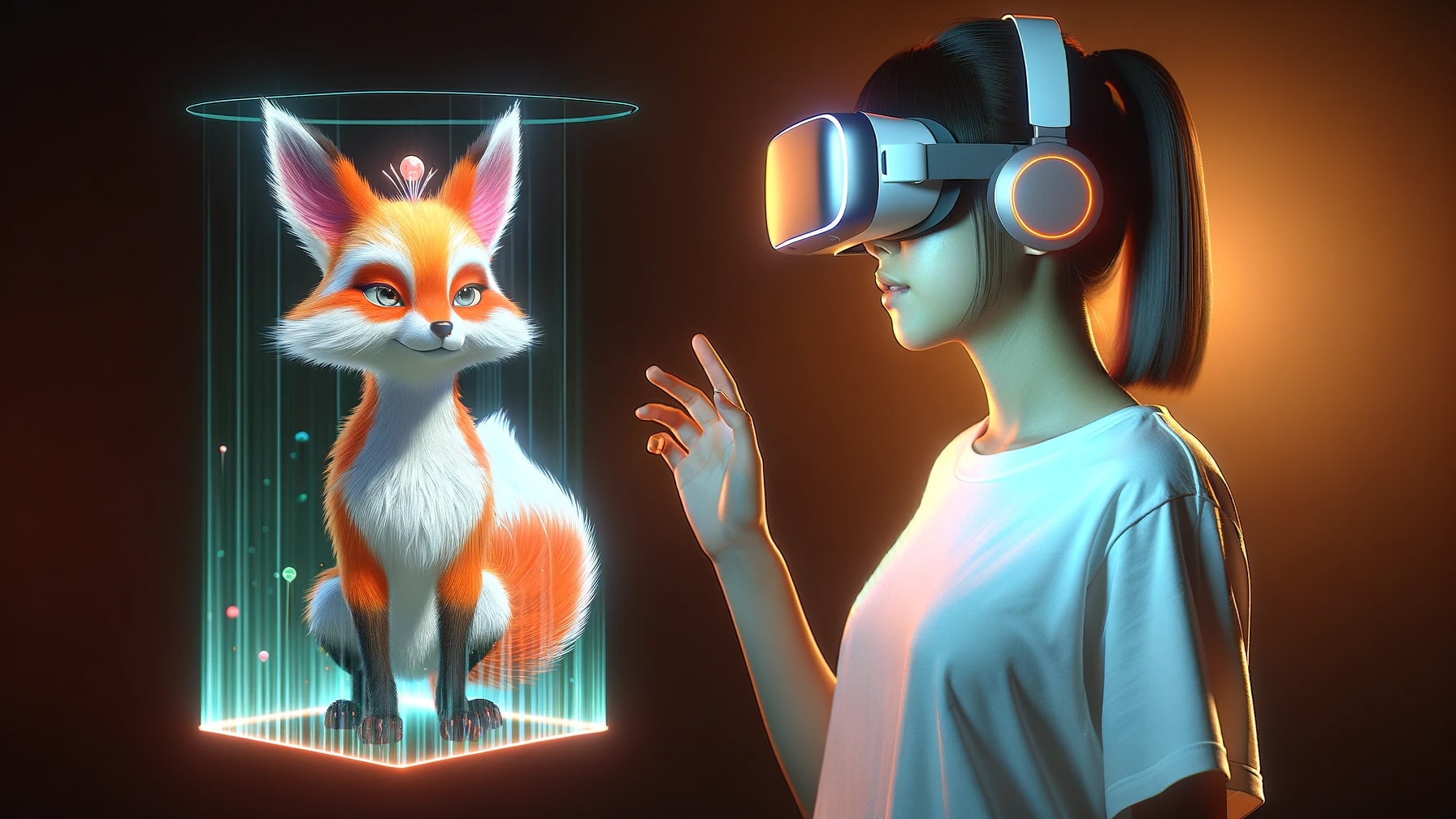
Creating a mascot is a powerful part of modern branding. But before you can design for advanced platforms like AR and VR, it’s essential to first understand the fundamentals of what brand mascots are. As technology evolves beyond traditional 2D characters, virtual reality (VR) and augmented reality (AR) now play a pivotal role in creating immersive mascots that give a special signature to brands There are lots of elements we must pay attention to while designing mascots. In this article we pointed out some crucial elements for crafting engaging mascots. Every aspect of design like Navigating, Decoding, Harmony, Engaging Interactions, responsiveness, and so on gives us many useful details to boost our brands’ power. So, start learning and try to design attractive AR & VR Mascots.
Exploring the AR & VR Through Immersive Design
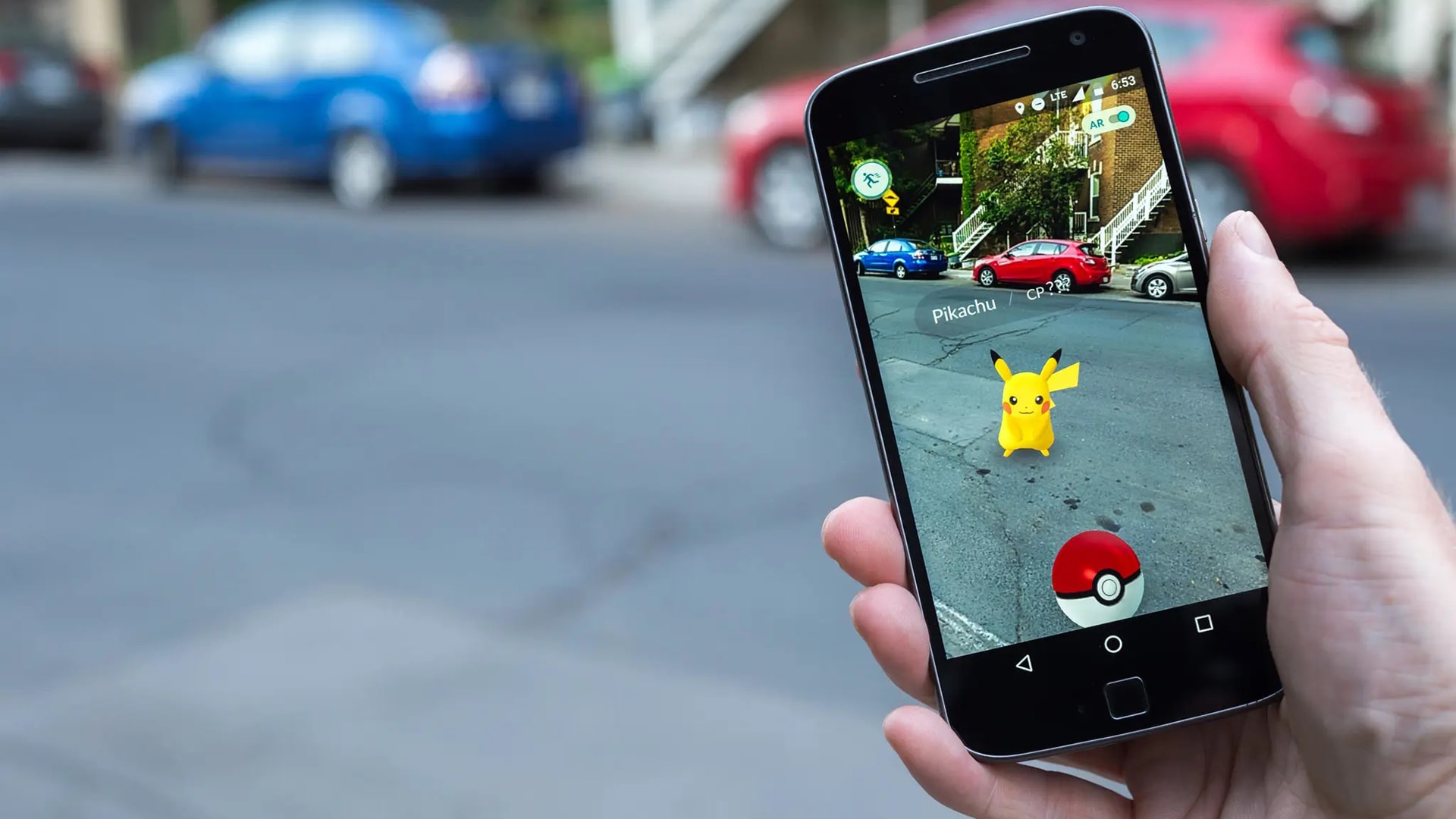
Have you ever played the AR game “Pokemon Go,”? The Pikachu is your virtual companion, and it blends with the real world through the device’s camera. Everyone loves it and makes an unbelievable connection with it. In our dynamic world augmented reality (AR) and virtual reality (VR) have created a kingdom for themself. In this realm, the combination of brand mascots opens a new door of complexity to user experiences. We are going to talk about what serves as a forward maker to a deep exploration of “The non speaking part of AR and VR in leading brand mascots to life”. Next step is about how you should use the vast environment that AR & VR gives you.
Unique Challenges and Opportunities in AR and VR environments
AR and VR environments give a unique canvas for creativity and floating in this environment. Designing an effective mascot in this space is delicate work. The designer must understand each characteristic of the environment first. This part deeps into 3 factors that influence the diligent design and play a part in making it a more immersive user experience. These three factors are:
1- Spatial awareness
2- Depth perception
3- User interaction
The IKEA Place application is a great example of applying all these factors that allows users to furnish their home in a virtual environment. The design process defines how users interact with both digital and physical elements.
The same process needs to be done for brands’ mascots in the AR or VR field.
People need to be engaged while interacting with the brand’s mascot and to achieve this, designers can take advantage of the three factors we mentioned above.
Also the designer needs to take care of these challenging matters:
Crafting a Distinctive Silhouette: Visual Clarity in AR & VR Mascot Design
One of the characteristics of AR and VR is rich visual landscapes. In this vast landscape it is vital to create a mascot with a clear and visible outline. This element emphasizes the importance of visual clarity and explores techniques to avoid clutter. Designers can leave a lasting impression on users navigating the complex virtual space, only by making sure that mascots are easily recognizable and memorable.
Take a look at Astro bot, a VR mascot from PlayStation, that is saving the world with the gamers’ help. Astro Bot is a playful, animated character with a round, friendly silhouette. Its design features a compact, rounded shape with expressive features and vibrant colors. The silhouette is distinctive for its whimsical and approachable appearance, embodying the fun and accessible nature of the PlayStation VR platform.
Scaling Harmony: Proportional Design in AR & VR Mascots
While designing AR and VR mascots, scale and proportion are counted as critical aspects that should be specifically considered. Adjusting the size and proportions of mascots helps to boost two characteristics through the virtual space:
- Realism
- Immersion
Making the right balance will ensure that mascots join into the user’s perspective in a more believable and engaging virtual world.
Do you remember Astro Bot?
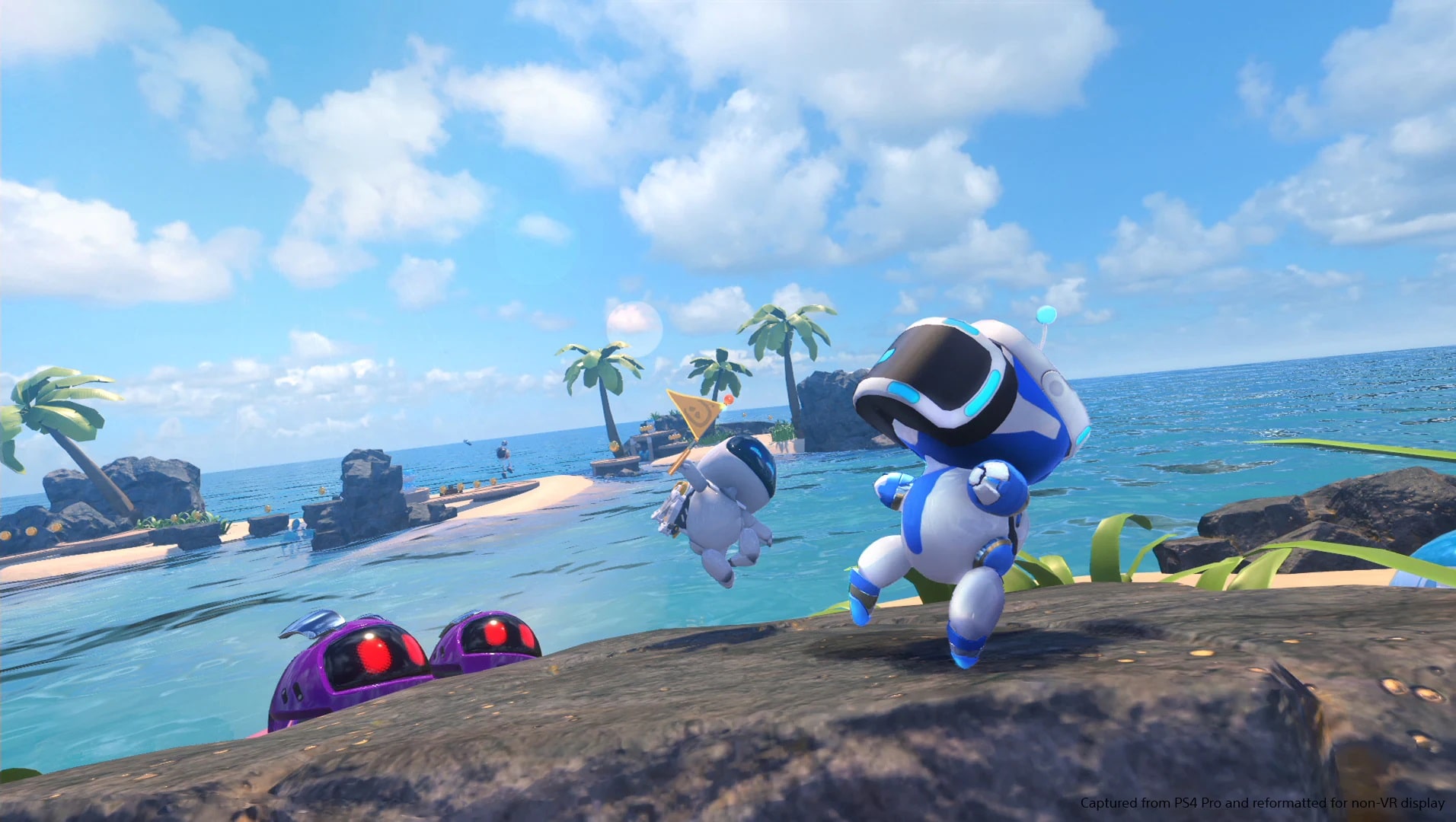
Astro Bot’s looks are just right for VR. Its body and features are designed to look good and be easy to recognize in VR. Its size and shape are just right for VR. It fits well with how users see and interact with things in the virtual world.
If you’re thinking about adding a mascot to your communication plan, our team is here to help.
With over 10 years of experience and the development of more than 2,500 characters, we’ll guide you through every step to unlock the full potential of your new team member!
Learn more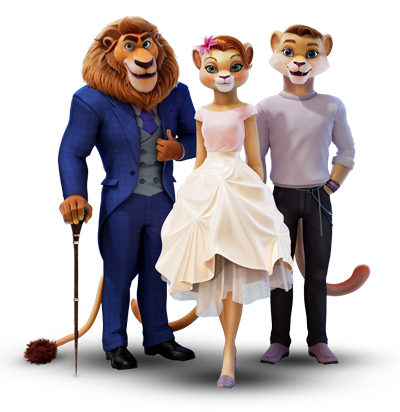
Animating Personalities: Bringing AR & VR Mascots to Life
Thinking about giving life to your designs! How fantastic it could be!
Through movement and animation, mascots have transformed from 2D and 3D static forms into shapes that can interact better with the users. The Animating Personalities explore the important role of natural and realistic movements in increasing user experiences.
During Covid, Google surprised everyone with its 3D search results. When you searched for a tiger, you could use VR to see a tiger in your living room in its actual size!
Why not use such great and enjoyable technology to present our mascot and make the users interact more with your brand?
Designers have the opportunity to breathe life into mascots which leads to a user experience richer and more interactive participation. Now you can have a mascot that contains many great attributes. It is time to engage your user interaction.
Do You want to have an interactive mascot? contact us!
Engaging Interactions: Designing Responsiveness in AR & VR Mascots
Being actively involved with users makes AR and VR mascots truly immersive. In this section we are going to dig into the design considerations for including interactive components such as gestures and voice orders. Designers can raise mascots beyond visual entities, creating catchy and participatory user experiences by Concentrating on reactionary behaviors.
Interaction is a defining characteristic of AR and VR mascots. The VR game “Moss,” is a great example where players guide a small mouse named Quill through a fantasy world.
The sense of companionship and involvement easily creates between the player and the mascot.

What do you think now? Is your mascot ready? or do you have to work more on it? There are more steel elements that you have to dive into. Continue reading and increase your awareness about mascots.
Branding Synchrony: Consistency in AR & VR Mascot Design
The important role of keeping a firm brand identity in the active landscapes of AR and VR is the feature that Branding Synchrony emphasizes. Clarity in visual elements, colors, and personality features across all aspects of mascot design by ensuring a seamless and unified brand presence.
Basically, users can easily recognize and associate with the platform when a mascot reflects the core features of a brand. To create this harmony in design, brands should give a stronger presence in AR and VR environments, encouraging user engagement and loyalty. After all, it is time to know the importance of emotion in your design.
Eliciting Emotions: The Heart of AR & VR Mascots
Augmented Reality and Virtual reality mascots have the power to call up emotions and establish intense connections with users. Obtaining emotions, look over techniques for charging mascots with personality, expressions, and behaviors that resonate with the target audience. Case studies focus on mascots that are emotionally full of life and provide insights into effective design strategies that boost user engagement.
AR and VR mascots can make you feel things in a more real way than they are. The VR story “Dear Angelica,” where you explore a painted world, you feel stronger emotions because there’s a friendly mascot guiding you. This story shows you how mascots can create a real connection with your feelings in a virtual world. A great mascot has great accessibility, but what does that mean? In the next paragraph, we illustrate it properly.
Inclusive Design in AR & VR Mascots
Imagine that you are blind. What do you do to survive? you probably try to communicate with the world. The other aspects of AR and VR mascots which are paramount are accessibility and inclusivity in mind. considerations like color contrast, text legibility, and accommodating various user abilities and preferences help designers create mascots enjoyable for a large audience and cover virtual experience.
The importance of designing for inclusivity is clearly shown in The VR game called “Blind,” where players communicate to a world using echolocation. Think about factors such as color contrast and text legibility to make sure that mascots are enjoyable and accessible to users with different abilities and preferences.
Poke: Stay up-to-date. creating a mascot that all the above elements work for is not enough for your brand. Test your mascot and do not miss the old brand experience. Read more about it in our last paragraph.
Testing AR & VR Mascot Designs
The crucial aspect of AR and VR mascot design is ongoing development which is often missed. Evolution through iteration points out the continuous cycle of testing and improvement (feedback) and shows how vital is in mascot designs. By accepting this iterative approach, designers guarantee that both AR and VR mascots continually change to adapt and meet user expectations, over a long time leading to optimal engagement and satisfaction.
The “AltspaceVR” application is a good example of using user feedback and testing. It ensures mascots meet expectations and boost user engagement. In the ever-changing digital landscape, this iterative process is essential for staying adaptable with user preferences.
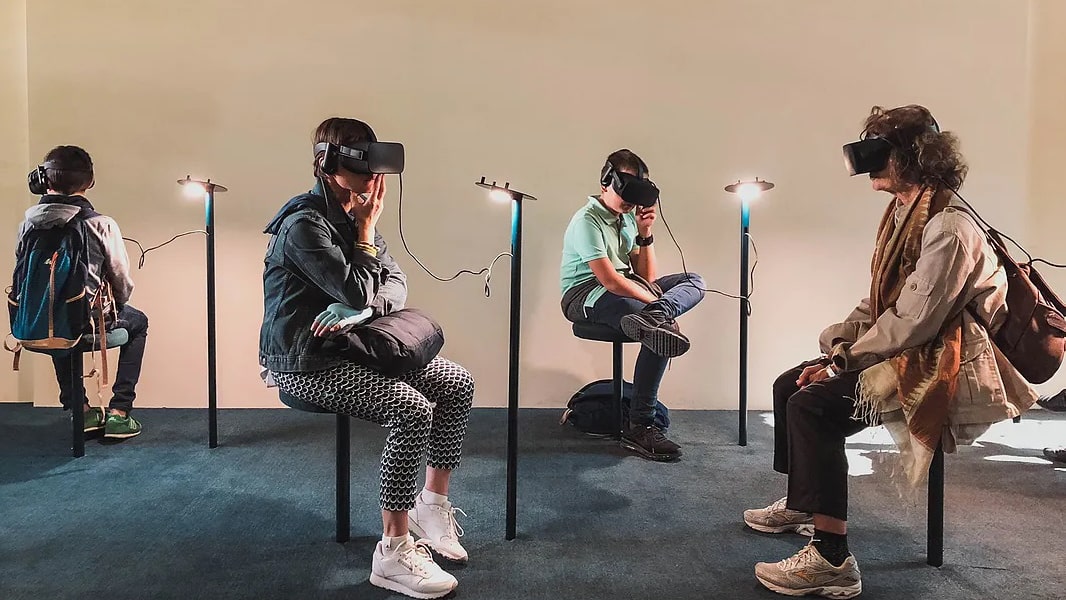
Conclusion:
In summary, we talked about factors on crafting AR and VR mascots and provided a guide that is a useful tool for brands aiming to boost their online appearance. The “Dream Farm Agency” helps you to develop mascots that not only interact in AR and VR settings but also shape ever lasting friendships with users in the dynamic digital world.

Rojan


